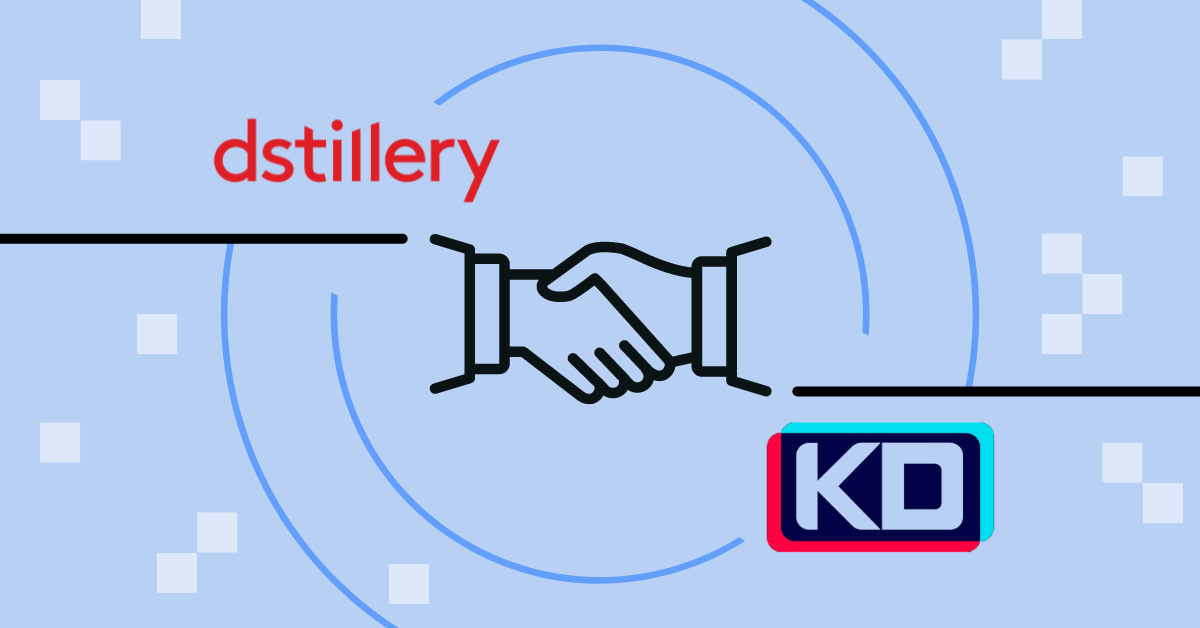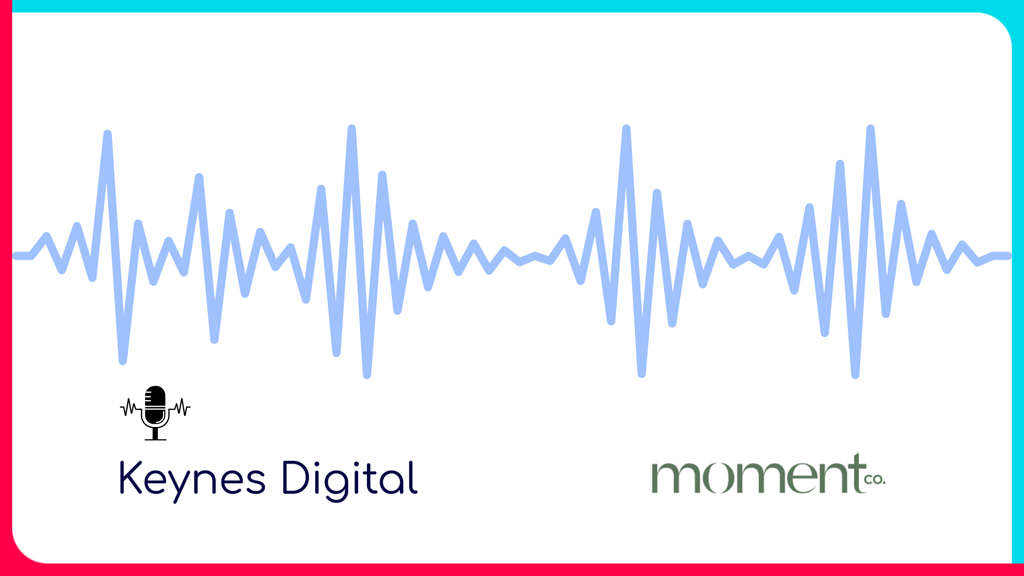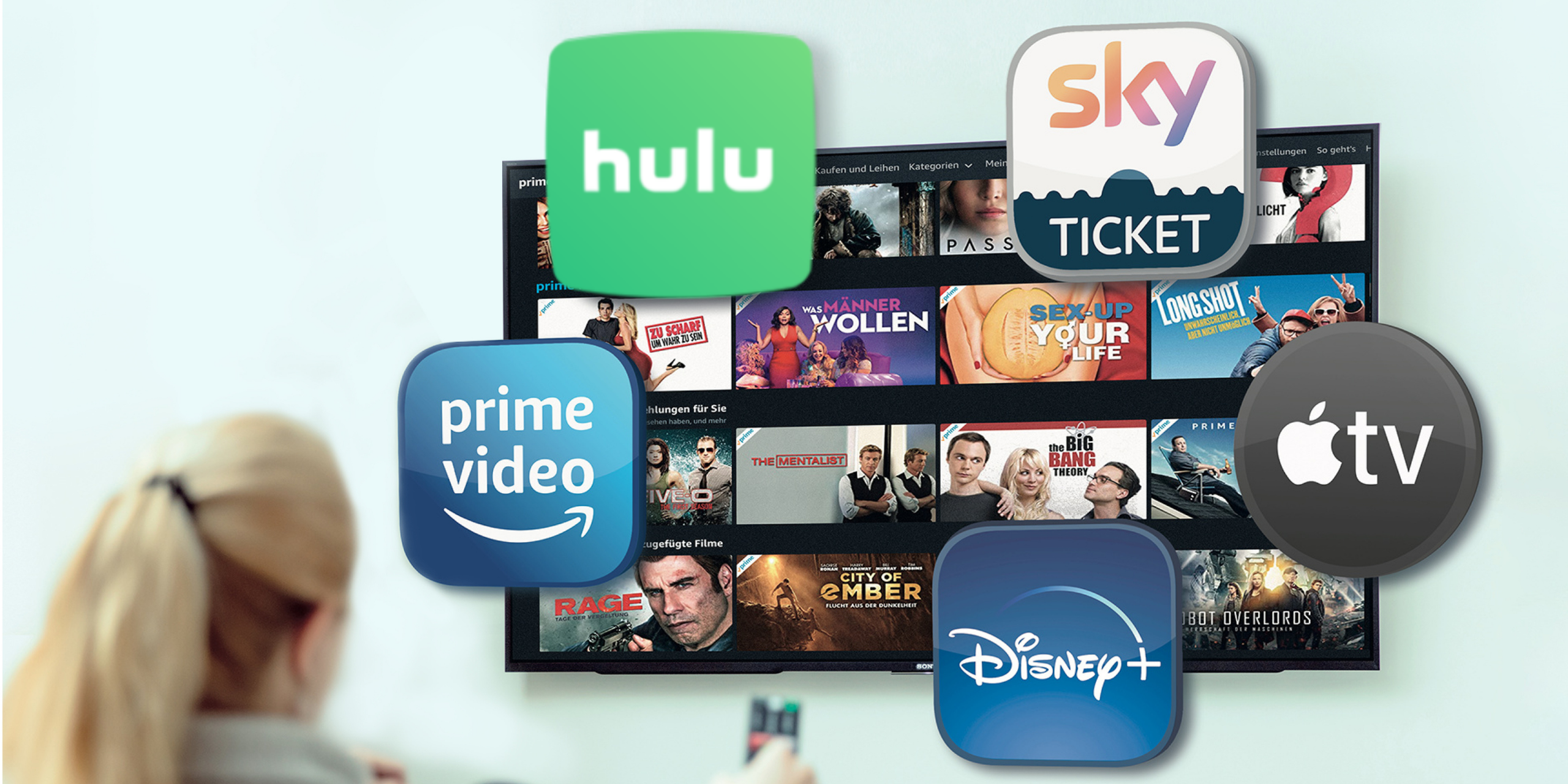Connected TV Retargeting
Connecting TV Retargeting can be an invaluable part of all advertising strategies on streaming services. Connected TV advertising helps marketers reach their goal of expanding their audiences. Notably, with connected TV advertising strategies, including retargeting, marketers can reach customers who no longer have traditional cable services and instead rely solely on streaming options.
Connected TV/OTT Retargeting as a Direct Response channel, enables marketers to reach an audience that has already shown interest in their brand but has not yet purchased. Connected TV, as a whole, builds legitimacy and brand equity with your interested users just by delivering personalized video campaigns on premium TV networks.
What is Connected TV?
One of the first questions asked by those new to television marketing includes: What is connected TV? The traditional connected TV definition is a “television” streaming device powered by the internet. Due to the internet connection, the television can stream content without cable or satellite dish service. A connected TV definition refers to smart TVs but also televisions that get an online hookup to a streaming device.
For a smart TV, no extra hardware is required. Once a wireless connection is set up, users can start to download applications for streaming purposes. One type of connected TV is a television that has a smart device hooked up, such as an Amazon Firestick, Roku, or Apple TV. Once the device is connected to the internet, consumers can download applications to play media such as movies and shows. Sony, Samsung, and LG are a few examples of smart TV manufacturers.
How Can Connected TV Retargeting Help Marketers?
CTV advertising provides an opportunity for advertisers to reach viewers through different streaming devices and media. CTV retargeting allows you to leverage your first-party data and target current site visitors with high-quality ads streamed across the TV. Due to the nature of connected TV, most marketers will leave the work to programmatic TV advertising platforms. Programmatic TV advertising refers to the automated process of display or video ads on digital platforms. Programmatic TV advertising has been considered preferential over traditional advertising options. With traditional advertising, expenses are increased due to the need for manual handling of campaigns. Programmatic TV advertising is managed by an artificial intelligence system built to improve efficiency.
Connected TV retargeting can be done in a couple of ways:
- Retarget users on CTV who were already exposed to an advertiser’s ads on a different programmatic channel.
- Retarget users on CTV who have already visited the advertiser’s site.
- Retarget users on CTV who have recently visited an advertiser’s brick-and-mortar store using cross-device technologies.
- Retarget users with a display banner ad after prospecting on CTV using cross-device technologies.
Cross-device technologies are highly effective (+95% accuracy) for associating users between devices. They do this by using a cross-device graph, with checks and balances.
Connected TV Platforms
Understanding the most current available connected TV networks will help advertisers figure out what type of option works best for them. The two key aspects to understand when reviewing connected TV examples are that there are different options for connected TV devices (also called connected TV platforms). The following are a few of the most well-known examples of connected TV platforms:
- Roku
- Apple
- Amazon Firestick
- Chromecast
The preceding connected TV platforms are standalone media devices. The devices are connected through an HDMI port on a television set. The device gets online via a wireless connection to allow users to download a range of streaming services. According to the media magazine Digital TV, in 2020, 80 percent of all households had at least one streaming device. The percentage has increased exponentially on an annual basis, with only 57 percent of households owning a streaming device in 2015. Therefore, connected TV retargeting should be essential for advertisers’ marketing strategies to reach their audiences in the most effective ways.
Much of our understanding, “What is connected TV advertising?” involves how CTV retargeting can work through cross-device technologies instead of cookie tracking, which won’t be allowed in 2022. The following are the four industry-leading cross-device companies that need to be on every advertiser’s radar:
AdBrain
AdBrain relies on machine learning to deliver high-quality results. The data collected provides the opportunity for marketers to target consumers, not merely their devices. Expand ad reach by displaying media on smartphones, connected TVs, laptops, or computers.
LiveRamp
LiveRamp permits users to connect data collected on connected advertising platforms. The company uses a multi-faceted approach that includes data collection across screens. Data is collected and distributed across connected TV channels, screens, and devices. LiveRamp has access to a large platform via display, social media, search, and more.
Oracle
Oracle is one of the most well-established cloud computing providers in the world. As part of their products and services, advertisers can use the Oracle Data Cloud for advertising on connected TV networks. Cross-platform advertising is scalable and can be budgeted for any size campaign.
TapAd
TapAd allows for the unification of brands across different connected TV platforms. With TapAd, users can identify a consumer and then reach the user across devices, including tablets, smart televisions, laptops, streaming devices, and more. Insights are available to measure the results of TapAd cross-platform ads.
Connected TV vs OTT
A significant comparison is connected TV vs OTT. OTT stands for over-the-top and refers to television that isn’t broadcast through a traditional closed-circuit system. Consumers with OTT won’t pay a cable or satellite TV provider to access programming such as movies, television shows, or even live television. Content is instead served through streaming providers. OTT programming can be streamed through a Connected TV device, which includes smart TVs.
Advertisers need to gain familiarity with how to buy OTT advertising. By securing time on the best OTT advertising platforms, companies are more likely to see improved ROI. The following are a few top OTT premium networks that marketers should want to have a presence on:
- Hulu
- FOX
- Bravo
- ESPN
- NBC
- E!, among many others.
Each year, more and more OTT advertising companies are given the chance to engage with customers on these platforms. How to buy OTT advertising will involve enlisting the services of a company that enables bidding on space through these networks. Connected TV advertising statistics show how important it is for companies to start reaching consumers through these types of streaming platforms. According to INNOVID, over the next two years, an additional 44 percent of all households are anticipated to cut the cord and only rely on OTT for media streaming.
Connected TV ad examples should be harnessed to determine the best type of space for secure streaming services. Connected TV advertising companies commonly use videos to promote products and services. The video may be played at the beginning, during, and at the end of a TV program or movie. Banner display ads could be another advertising option to consider. If any of these ads are shown to users on one type of device, CTV retargeting provides the option to convert users to another device at a later time. CTV retargeting tools will only serve ads to those who have interacted with a brand previously. By only targeting those who have visited a business site before, more meaningful interactions are likely to occur.
Connected TV Reporting Metrics
Embarking on connected TV advertising ventures is only one part of the equation. To remain viable, marketers must be able to review connected TV reporting metrics. There are multiple types of connected TV retargeting performance metrics when evaluating campaigns. The following are some of the most important connected TV reporting metrics to consider as a part of retargeting efforts:
ROAS (Return on Ad Spend)
ROAS is one of the most significant connected TV advertising metrics to consider. By understanding ROAS, marketers can confirm what revenue has been earned as part of their CTV retargeting efforts and optimize their allocated budgets.
CPV (Cost-Per-Visit)
CPV metric breaks down how much companies pay for each redirect that leads to the pre-selected landing pages. This metric is great for prompting users to take action with your strong visual and audible CTA.
Impressions
The impressions metric gives advertisers an idea of how many people view their ads. If an advertiser receives a high number of impressions but a low number of conversions, connected TV targeting demographics may need reconsideration.
CPM (Cost-Per-Impression)
CPMs break down how much an advertiser pays for every 1,000 impressions of their content, or in this case, retargeting ads. CPMs can also decrease due to a greater supply of CTV platforms.
Conversions
Conversions refer to the number of actions taken by users of an ad campaign’s CTA or retargeted CTV ad goal.
Metrics should be detailed and provide information about connected TV demographics that would be important to the advertiser. As an example, the marketer should be able to determine the performance of ads by geographic location, networks, and creativity.
Connected TV KPIs are known as key performance indicators for ads found on streaming services. Specifically, KPIs for TV ads refer to the metrics that measure the performance during retargeting. As part of the KPIs for TV channel ads, marketers will look at the following:
- Impressions
- Audience Reach
- Labor Costs
- Cost per Impression and Conversions
- Percentage of Under-Budget Projects
Cost-effectiveness is an important part of retargeting for connected TV. CTV retargeting is considered a direct response channel, meaning the strategy is meant to entice a call to action in those more likely to become customers. Marketers often find that metrics demonstrate solid performance when companion ads are displayed before or after a connected TV video program. Connected TV measurement permits scalability and better budgeting for future retargeting campaigns.
Industry Expert Insights
We are your high-touch, performance-focused streaming TV and programmatic advertising partner. Our team of experts and a one-of-a-kind data-driven platform connects you to the best streaming TV marketing strategies.









































